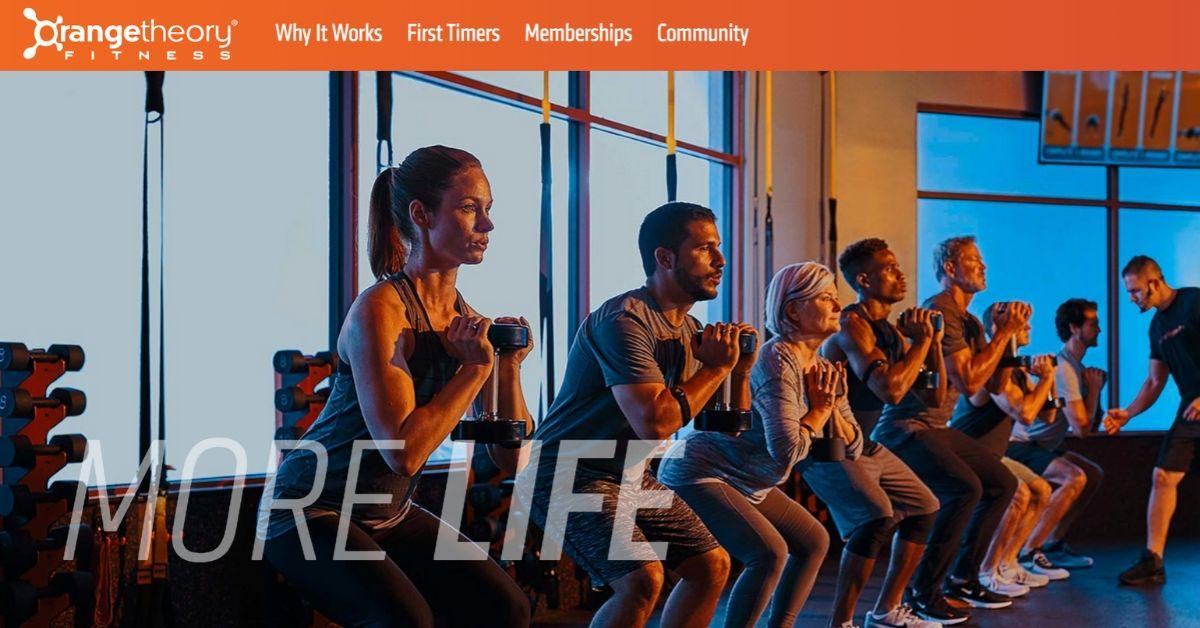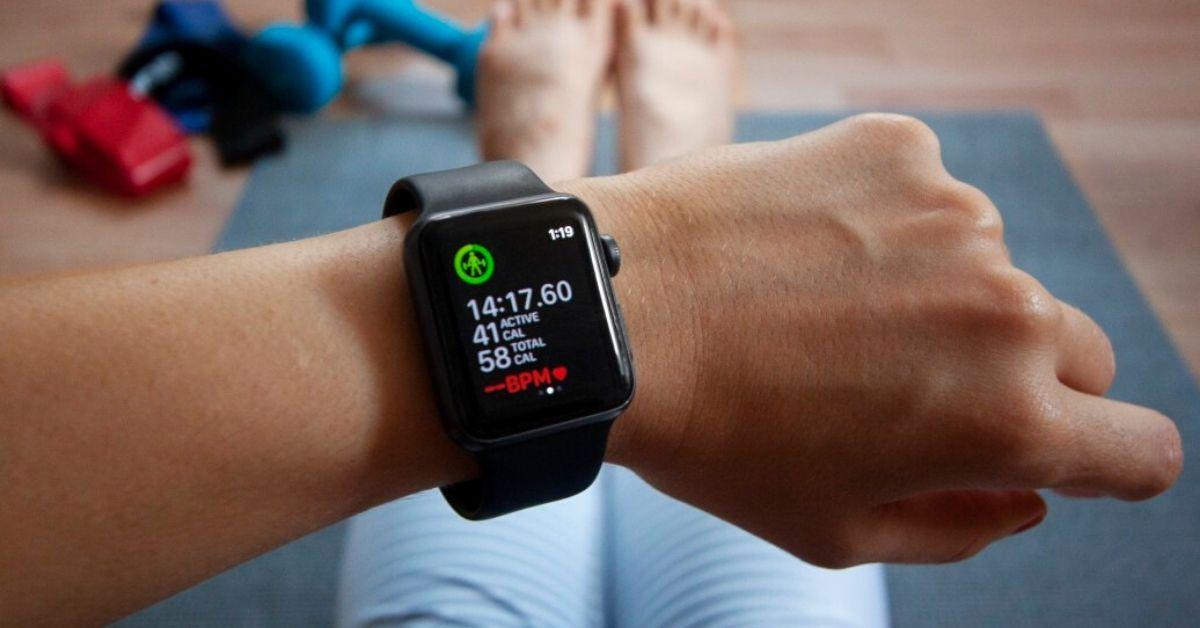The global health club industry has generated $94 billion over the past 12 months, up from $87.2 billion the previous year. With a global growth rate of 8.7%, we’re seeing positive signals that the fitness industry will continue to grow. On this trajectory, the fitness market is set to hit $106 billion in 2020.
With fitness trackers topping the trend charts for 2019 and boutique fitness booming more than ever, the fitness industry is an ever-changing landscape. The sector is not only growing but thriving as one of the world’s largest and fastest-growing industries. In this article, we will look at examples of growth in the industry and the reasons fitness is booming right now. Skip ahead to:
3 Examples of Growth in the Fitness Industry
According to the International Health, Racquet & Sportsclub Association (IHRSA), the health and fitness industry in the U.S alone was worth $30 billion in 2018 and has been growing at a steady rate of 3% for the last 10 years. This growth is not expected to slow down anytime soon.
Health clubs, gyms, and businesses in the fitness industry of all shapes and sizes continue to experience growth. Brands are evolving to meet increasing consumer needs in a world where fitness goes further than ever before. Next, we will take a look at three examples of major growth in the fitness industry.
1. Orangetheory Fitness Hits 1,100 + Studios

The world is obsessed with the heart rate-monitoring workout from Orangetheory Fitness. In 2018, the company hit $1 billion in systemwide sales. The brand has over 1,100 studios around the world with hundreds more in the pipeline. Orangetheory Fitness is one of the world’s fastest-growing franchise companies.
2. More than 400,000 Fitness Professionals in the U.S

Over 400,000 fitness professionals provide exercise instruction and fitness services in the U.S. The prospects for fitness professionals are positive. According to the IHRSA, the number is estimated to continue to grow as consumers need expert guidance in health and fitness to meet their goals. The Bureau of Labour Statistics (BLS) predicts that the number of fitness trainers and instructors will grow by 13% from 2018 to 2028.
3. Use of Fitness Wearables Increased by 77%

Fitness wearables have been around for a few years now but they continue to take the fitness world by storm. The use of fitness wearables has increased a staggering 77%. Through collecting data, trainers can now see everything they need to know about their clients. They can now streamline their client’s training regime by analyzing the data to help them achieve the best results possible.
9 Reasons the Fitness Industry is Growing
Whenever a certain sector of the market or industry is thriving, it’s important to understand the reason behind it. This helps you to ascertain whether the growth you’re seeing will be consistent or if it might be a bubble set to pop at any moment. In the next section, we will take a look at nine reasons why the fitness industry is growing and why it’s a better time than ever to get involved.
1. Innovations in Fitness Technology
Changes in technology impact almost every industry and everything we do. You now have wearable technology, smart fitness clothing, and high-spec home gyms with personal coaching underpinned by artificial intelligence. Wearable technology is allowing users’ to be more aware of their own health and fitness. With the ability to track every step, calorie, what their heart rate and blood pressure is, and how to improve their health.
With devices like Fitbit, Apple Watch and Garmin, it’s becoming more normalized to incorporate personalized health data into our everyday lives. In the next few years, no doubt we will see gyms and fitness clubs become even more integrated with their members’ wearable technology and data. Once you start paying attention to this digital feedback, it helps you to make more healthy decisions, driving many consumers to look for solutions in health clubs and fitness studios.
A report by Juniper Research predicts that connected clothing will become the fasting growing sector of the wearables market by 2022. It’s estimated that this sector will ship seven million smart sportswear in 2020 before reaching 30 million by 2022. Major players in the connected fitness clothing space are Under Armour, Lumo, and Sensoria.
2. Demand for At-Home Workouts
One of the most active groups of people on the planet is Millennials. The Millennial generation is more committed to exercising and eating right than any other generation. But, they have major time constraints. Due to this, there is a demand for at-home workouts, and technology is reshaping home workouts for many.
With the explosion of boutique studios, you can find a class for just about anything. But, now you can indulge in super high-quality content from the comfort of your own home from highly trained PTs and instructors in an engaging way. Before the era of streaming exercise classes, if you couldn’t find time to hit the gym, more often than not, you just wouldn’t work out. High-tech brand Mirror is just one of many companies looking to shake up traditional gyms. The $1500 mirror functions as a home gym and lets users’ peer into the mirror and follow along with an instructor from home.
The Top 10 Barriers
Slowing Your Fitness
Business Growth
Discover more The global fitness app market is already worth an estimated $2.27 billion and anticipated to grow at a healthy rate of 29% between 2019-2026. Through a combination of at-home gym equipment, fitness apps, and online digital streaming, the at-home workout revolution is set to stay. This is also a sign that traditional gyms will incorporate more technology, such as mobile apps, into their offerings to remain competitive.
3. Consumers Favour Health Over Convenience
There are many factors that have played a part in the health and fitness industry becoming the mammoth sector that it is today. One major element remains at the core of this growth, and that is a dramatic shift in consumer behavior to favor health over convenience. Consumers are now more informed than ever and are showing their values through their purchasing decisions.
In the past decade, the health and fitness industry has certainly seen unprecedented growth. This has been partly fueled by innovations in technology and a greater need for connectivity and inventive training approaches. The future of the fitness industry looks bright and no doubt consumer needs and innovative approaches to training will continue to fuel growth in the market.
4. Preventative Health Care
Traditionally, medical professionals practice curative medicine, to cure an existing condition. However, preventative health care is becoming increasingly popular. Instead of prescribing medicine, professionals are now thinking about lifestyle changes, looking at the food you eat and your level of activity. This proactive approach is an empowering method that yields several benefits for both individuals and the health care system.
Over the last decade, the number of healthcare professionals who recommended healthy eating and regular exercise has risen significantly. Practices like yoga which focus on breathwork and reducing stress have risen in popularity by 50%. Gym memberships have also doubled since 2000 with millions of Americans’ having one.
5. Increasingly-Health Conscious Audience
The rise of the health-conscious consumer has had a massive impact on the health and fitness industry. Whether it’s healthy food alternatives, boutique gyms, personalized nutrition or smart technology, consumer awareness is at an all-time high. Younger consumers are leading the charge with healthy diets and are more health-conscious than any other generation before them. Younger consumers are willing to pay a premium price in a bid to meet their overall wellness goals.
But, it’s not just about the younger generation, baby boomers born between 1946 and 1964 seem to be engaged more than ever in their quest for good health. With active retirement, longevity, and independence driving the need for a healthy diet and regular exercise. Regardless of age, those who wish to lead a more wellness-orientated life care more about fitness, nutrition, exercise, and health.
6. Rise of Lifestyle-Related Illness
The population is growing and people are adopting a more sedentary lifestyle, moving far less. The lack of movement and sedentary lifestyle is pushing obesity rates with cases of chronic diseases going through the roof. According to the World Health Organization, chronic diseases are estimated to rise by 57% by 2020. Increased pressure on healthcare systems from chronic diseases is a major concern in many developing countries.
Today, about half of all Americans, roughly 117 million people, have one or more preventable diet-related chronic diseases. Many of these diseases are related to poor quality eating patterns and physical inactivity. The rise in these kinds of preventable diseases means the need for healthy eating plans, fitness instruction, and flexible exercise is at an all-time high.
7. Hybrid Studios
It’s already a common site for health clubs and fitness centers to offer products like protein bars, smoothies, and snacks. Establishments are now taking it a step further to become a fully integrated one-stop-shop for health and wellness. Fitness, nutrition, and health are fully intertwined and brands are combining several services into one place, providing members with more value.
Hybrid locations can combine training and fitness with services like meal planning and dietary advice. One brand going above and beyond here is high-end fitness company Equinox. In 2019, Equinox opened its first Equinox Hotel in New York, combining travel and wellness like never before. During their stay, hotel guests can access personal training services, group fitness classes, private Pilates and focus on regeneration in its spa and pool.
8. Influence of Social Media
It only takes one scroll through social media so see how the effect it’s had on the fitness industry. On Instagram alone, the hashtag #fitness has over 300 million posts. By 2021, it’s thought that there will be 3.1 billion users on social media. Brands are partnering up with social media influencers and celebrities and have become a major driving force behind the growth of the health and fitness industry.
People on Instagram and social media are promoting healthy eating, exercise and a desire to look lean and athletic. Social media fitness influencers are an incredibly powerful force when it comes to advertising in the fitness industry. Whether it’s products, services or fitness centers, social media has given marketers’ the ability to reach so many people. A prime example of this is entrepreneur Kayla Itsines. Kayla built a fitness empire primarily through her Instagram platform selling training programs and attracting sponsorship deals. Kayla’s app, Sweat, is approaching an annual revenue run rate of $100 million.
9. Health Insurance Costs
It makes sense that by encouraging healthy lifestyle choices, employers and insurance companies can cut insurance costs. It’s simple, healthy people cost less to insure. Many businesses are now footing the bill for fitness classes or gym memberships. Through healthy lifestyle incentives like ride your bike to work schemes or educating employees about good eating choices, employers can benefit from lower insurance costs.
Although this fast-growing segment of the fitness industry is not enough to propel growth alone, it can play a major part in supplementing revenue into the industry. With spending on healthcare going nowhere but up, anything that can increase the bottom line of a business is an essential component to keeping costs down. All the healthy incentives are also great for people who benefit from them. Whether it’s covering the cost of a gym membership, providing access to boot camps or generally encouraging healthy lifestyle choices, the push of health and fitness can positively impact individuals and the business.
In Summary
There’s no denying that the fitness industry is huge in the business world right now. As the fitness landscape changes with innovations in technology, shifts in consumer demands and rising concerns for health and wellbeing, business owners are in a good position to capitalize on the expanding industry.














